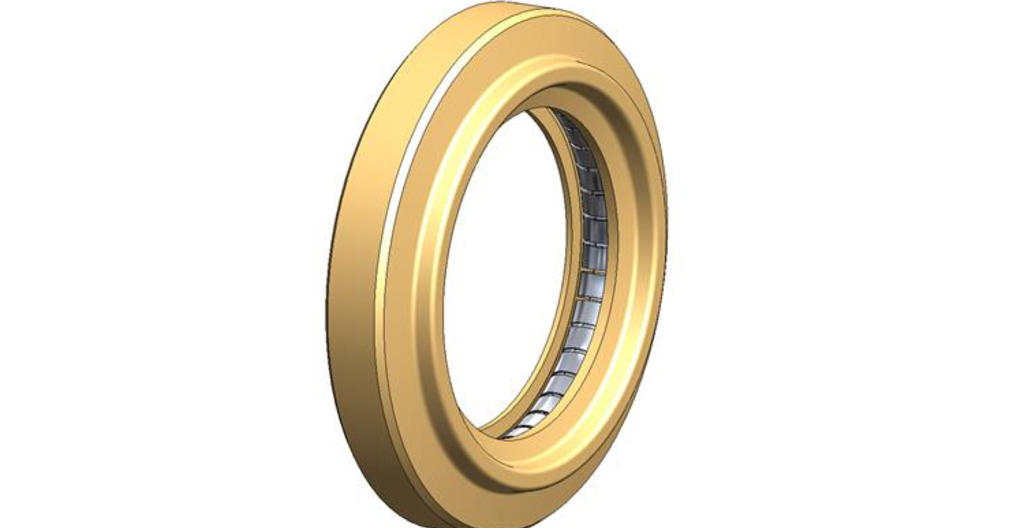
Case studies
- Environment
- Challenge
- Solution
- Benefits
Launch Vehicle Fuel / Oxidizer Poppet Valve
Environment
In order to handle all the fluids used on a launch vehicle such as in the propulsion system, many different type of valves are installed that also require radial and dynamic seals. Some are poppet valves, which are unique due to the reciprocating movement of the shaft leaving the seal unsupported.
As a flow control device, the valve allows the flow of pressurized fluid (liquid or gas) in one direction only. In normal operations, they are in shut-off position where sealing is secured by static seals that are designed to withstand any blowout. Once the fluid pressure reaches or exceeds the rated threshold pressure, the valve opens and allows the fluid to transfer from a high pressure to low pressure side. Decrease in pressure to a level below the threshold pressure causes the valve to go back to its shut-off position. In most cases, design engineers integrate poppet valves into their rocket engine designs.

The role of seals in these valves is thus very critical in overall launch missions. Anti-blowout seals are used to retain pressurized fluid on the high pressure side while preventing blowout of the seal from the housing. Under high pressure as well as rapid change of pressure across the seal surface, retaining the seal in its housing is very challenging. Once the dynamic sealing surface of the hardware disengages from the sealing lip, there is a tendency for the seal to be blown away from the housing due to residual pressure around the seal.
Challenge
Friction needs to be minimized since it impacts the valve actuator. Therefore, customers have a typical requirement of 1,500 N with a leakage requirement of 0.1 0.01 sccs.
Solution
Typically, Omniseal® 103 or 400 spring designs are selected in Inconel® or stainless steel for poppet valves. In this application, the seal requires a custom-designed, anti-blowout gland, which protects the seal from blowing out at the moment the poppet moves to the left and the seal separates from the angled bore. Co-development with customers is especially key in this application, where sealing comes from the precision fit of the seal in the customer’s groove. Thanks to the Omniseal® anti-blowout (ABO) seal, the challenging leakage requirements of 0.1 to 0.01 sccs can be achieved, which has been proven to protect mission after mission.

This design protects the seal from literally blowing out.
This design protects the seal from literally blowing out.
Benefits
-
Consistent operation and trouble-free performance during prelaunch, launch, and orbital operations
-
Proofed seal for pressure close to 3,000 psi (207 bar)
-
From jacket material, excellent wear resistance, anti-deformation, low coefficient of friction and very cold temperature capabilities
-
Long life, designed to operate for hundreds of cycles without any leakage